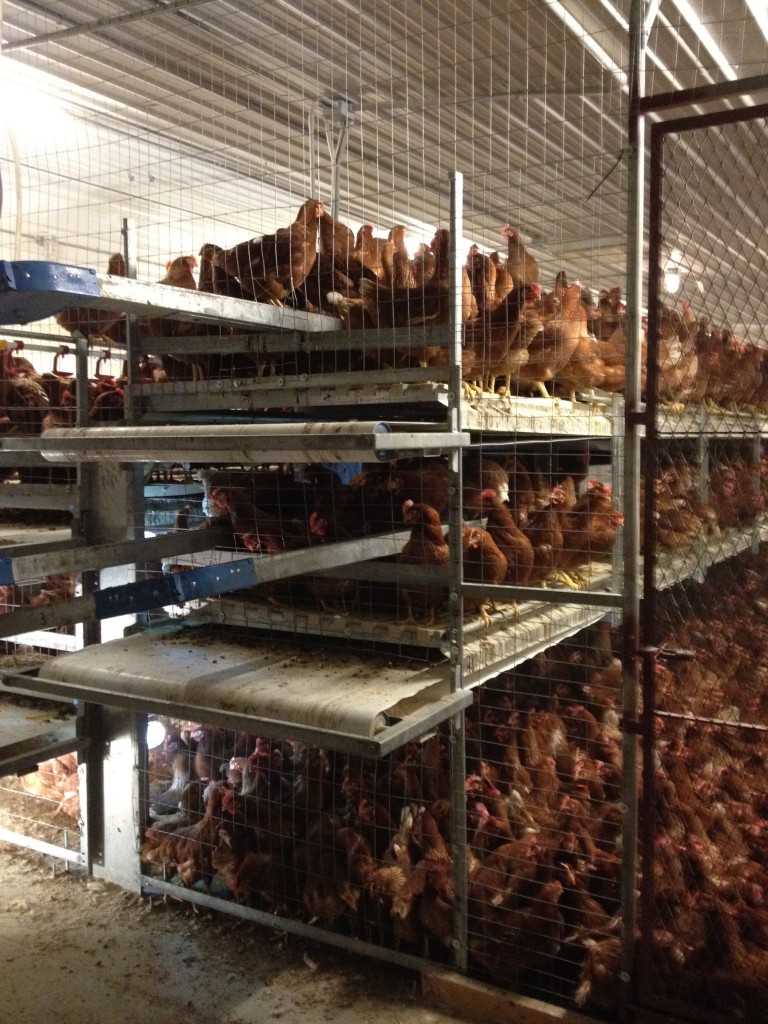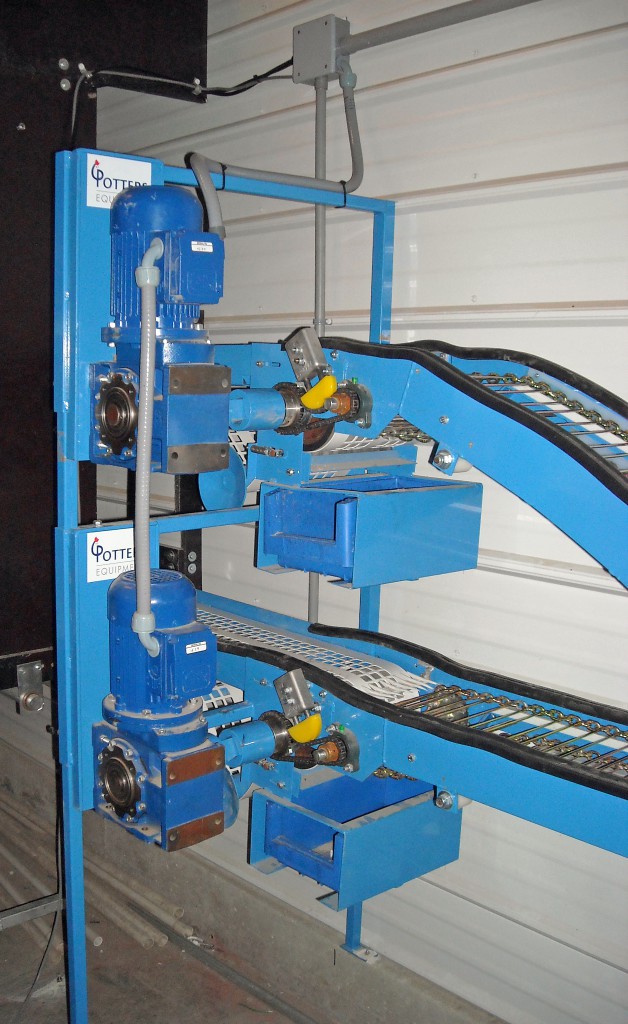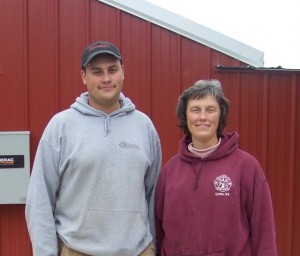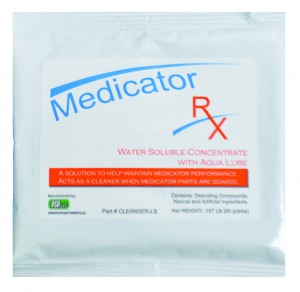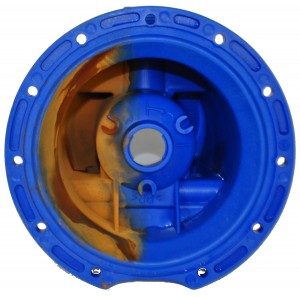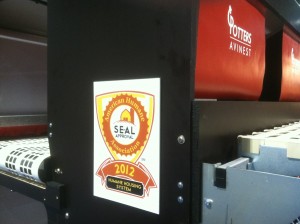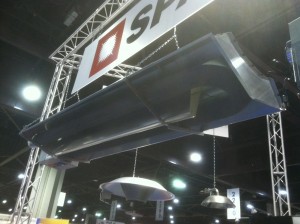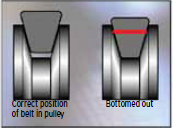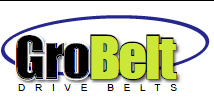With feed costs reaching an all time high, having the right feeder in your swine facility has never been more important. Historically American growers have enjoyed low feed costs compared to the rest of the world’s producers. Because of the supply demand created by ethanol and production shortages, we may no longer enjoy this advantage in the world market. Our industry has seen a number of trends (fads?) in feeder design in the past years. Many of these feeders became popular because of their low cost. Large numbers were installed before they were adequately tested. As production data from these feeders was complied, many didn’t meet industry standards for ADG and Feed Conversion.
The charts below show Agri-Stats Top 25’s average for Feed Conversion for both Feeder to Finish and Wean to Finish operations. We can use them as a baseline to compare to potential savings that can be achieved with good, well designed feeders.
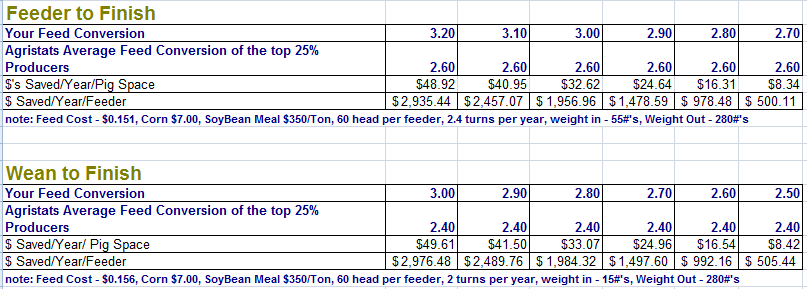
Using these numbers let’s compare potential savings on a typical 1,200 head finishing building with 20 feeders. For our example let’s assume that the barn is showing an average feed conversion of 2.9 , achieves 2.4 annual turns and replacing the feeders moves the FC to 2.6.
1,200 head x $24.64 saved per pig space =$29,568
To replace those 20 Feeders with Hog Slat 60” feeders would cost $5,940.
To think of it another way, having efficient, easy-to-adjust feeders in a 1,200 finishing building saves $81 in feed wastage per day in our example. That means you would have to own the feeders for only 73 days to recoup your investment of $5,940!

Of the numerous brands available for replacement feeders why should Hog Slat feeders be your choice? Many of the top 25 production systems in the Agristats records are using Hog Slat feeders. The reasons are simple. For over 25 years, Hog Slat has produced a quality feeder without gimmicks or following fads.
The bolt together construction adds durability that you can’t get with a welded feeder. Heavy weight hogs bang and push against feeders. Welded feeders don’t have the ability to flex with the blows and stress cracks can develop.
Hog Slat feeders have a deeper trough than most competitive brands and a feed saver lip preventing pigs from rooting feed out.
Hog Slat’s box feeders provide higher storage capacity than most tube style feeders. The large storage volume contributes a safety factor for feed availability issues such as bin bridging, broken augers or motors and power failures.

Precise management of the feeder adjustments is absolutely critical to achieving good feed conversions. Every Hog Slat feeder features our unique Select-A-Flow adjustment which gives producers the ability to make fine graduated changes in feed flow. Each numbered setting presents 1/16” in feeder gate adjustment. And because each increment is numbered it is easy to set all the feeders in the barn to the same setting and repeat the settings from group to group. You can’t get this kind of repeatability using feeders designed with crank type adjustments.
Hog Slat feeders have been the industry standard for the last 25 years. Replace your existing feeders and stop pouring money down the pit.












 Україна
Україна Méjico
Méjico
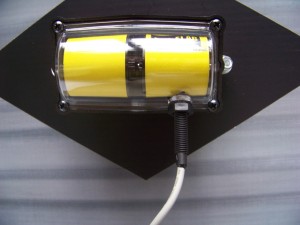
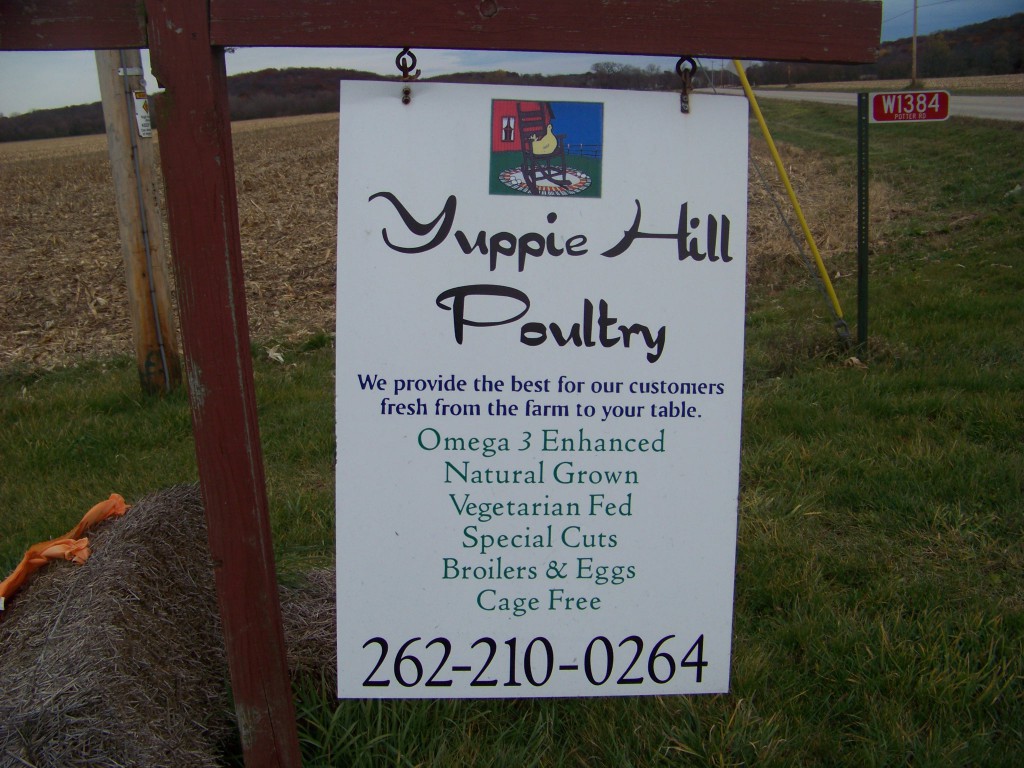 The Lein family’s start in the egg business began with 12 hens back in 1999. Those hens provided eggs for the family as well a few neighbors and friends. Visitors to farm thought the hens had it so good they referred to them as “yuppie chickens”. When Lynn started direct marketing eggs she adopted the brand name, Yuppie Hill Poultry. As the business grew, Lynn acquired the present farm on Potter Road and converted an existing dairy barn into a laying house for 3,000 hens.
The Lein family’s start in the egg business began with 12 hens back in 1999. Those hens provided eggs for the family as well a few neighbors and friends. Visitors to farm thought the hens had it so good they referred to them as “yuppie chickens”. When Lynn started direct marketing eggs she adopted the brand name, Yuppie Hill Poultry. As the business grew, Lynn acquired the present farm on Potter Road and converted an existing dairy barn into a laying house for 3,000 hens.